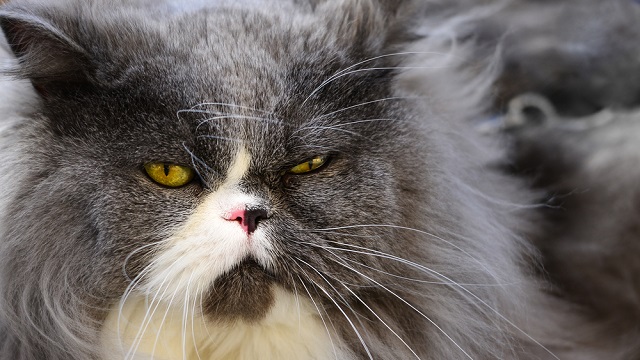Weekend Diversion: The Best (Worst) Fake Astro Pics
Isn’t the Universe wondrous enough without having to cheat?
“Some people think that the truth can be hidden with a little cover-up and decoration. But as time goes by, what is true is revealed, and what is fake fades away.” –Ismail Haniyeh
There’s very little that has the same awe-inspiring power than catching a glimpse of the raw Universe: of the heavenly bodies that are connected to us all, cosmically. Even the distant Moon, stars, nebulae and galaxies are all cousins of ours in some sense, sharing a common cosmic origin with us. Which is why I can’t stand it when, as The National might sing, a picture from the Fake Empire of disingenuous, unnatural compositions goes viral.
https://soundcloud.com/nino-maisuradze-2/the-national-fake-empire
Most of the time, the picture itself is actually compelling and beautiful in its own right.
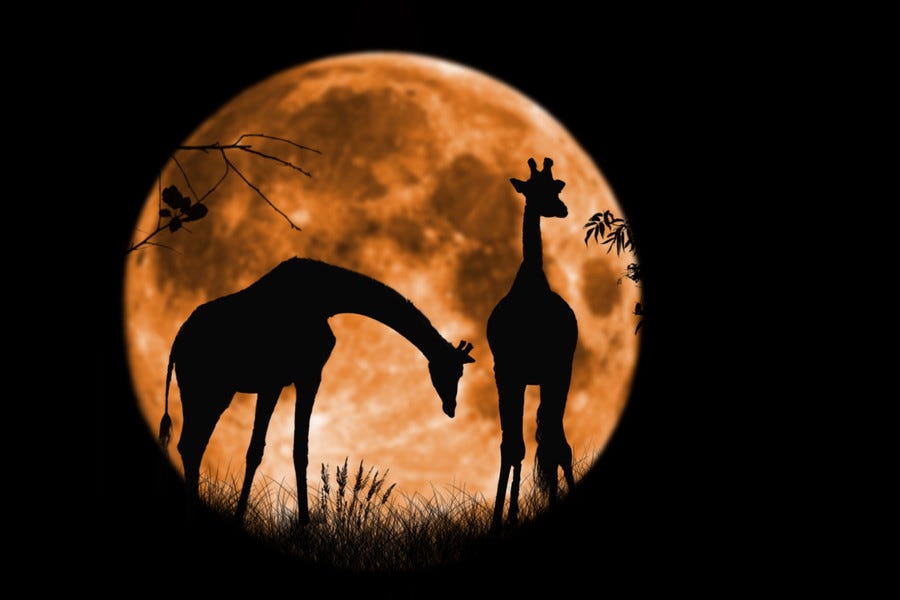
Too bad that this isn’t a photo of giraffes silhouetted against a full Moon — as Animal Planet tweeted out — but is instead a composite photo by Steve Dean, who honestly describes it as such:
Without wanting to ruin the romance of the shot, I must confess that I’ve made a composite of 2 images that I took at 2 different times with 2 different lenses. The Giraffes were taken at Longleat Safari Park last year and the moon was taken in my back garden with my Sigma 150mm-500mm lens. The image you see here is a composite in Photoshop.
Quite often, Twitter accounts that have “facts” somewhere in their handle are the culprit.
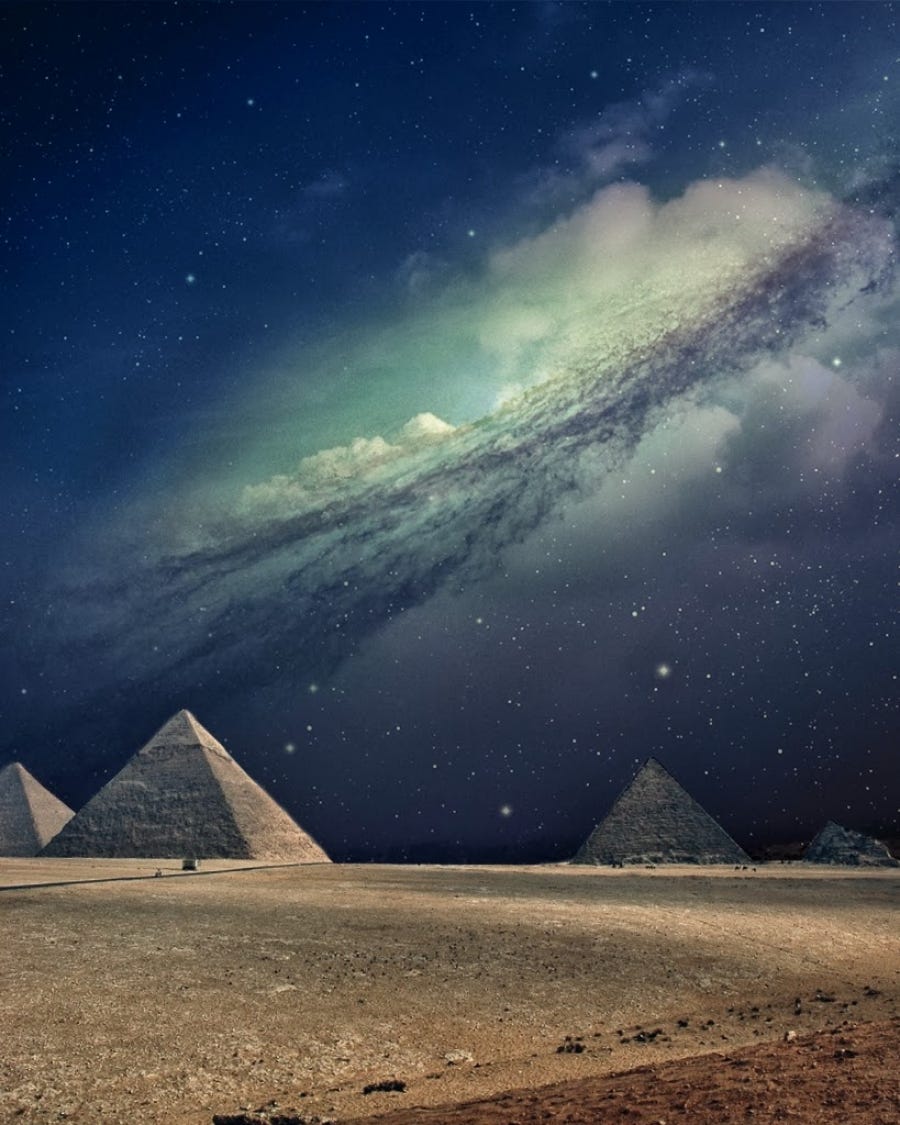
The way many of these fakes work is that they’re photoshopped composites of multiple different real images. This one, for example, is a real picture of the pyramids at Giza, overlaid with an astronomical nightscape and the distant galaxy NGC 3190.
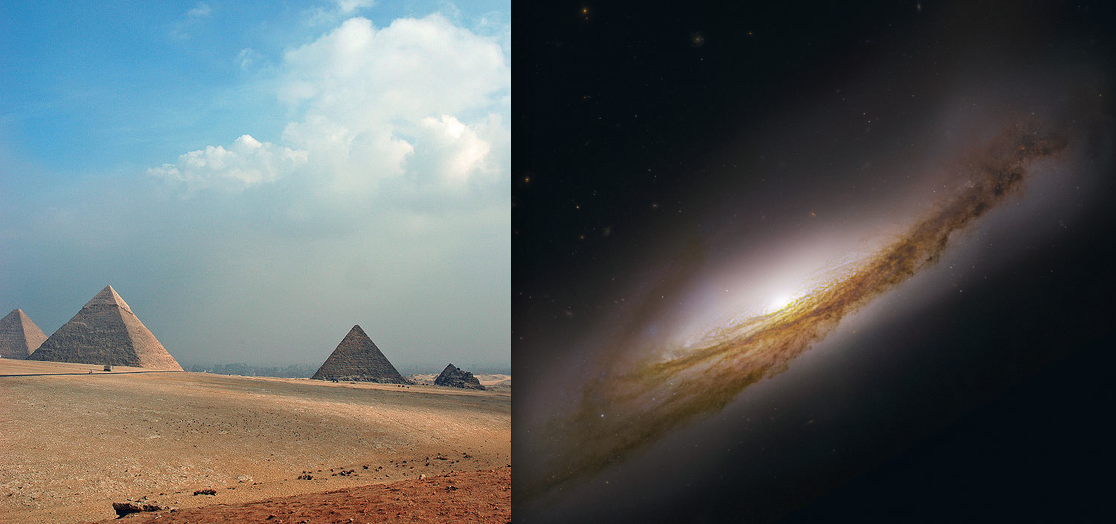
They’re beautiful on their own, but they impress us when they’re brought together for all the wrong reasons. For the most part, fake/composite pictures have a few telltale flaws and features that you can look for if you’re interested in spotting them.
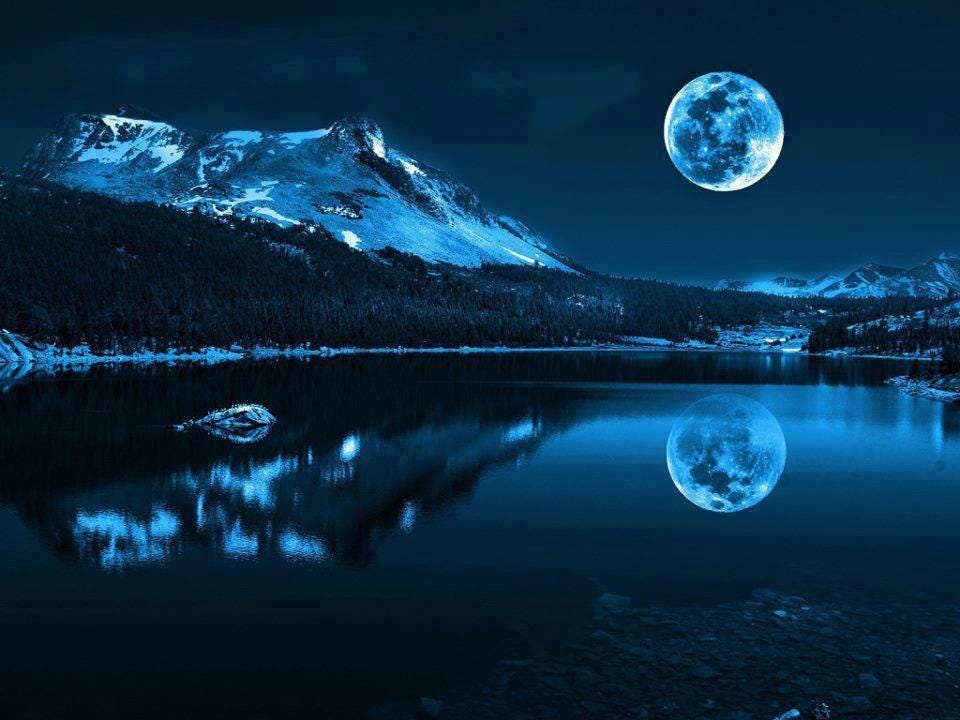
First off, if there’s a Moon present, look for it. Are its features — size, brightness, phase — reasonable for what you see? Can you see extremely faint features (like dim stars) that ought to be washed out around it? Are there pixels that are evidence of a copy/paste hatchet job? And if there’s a reflection, is the reflected image at the right position and of the proper level-of-detail to be consistent with the rest of the image?
In this case, the Moon is too large, the reflection is in the wrong spot and it has the wrong level of detail compared to the mountains. But it gets worse…

Where to begin with something like this? With the nearly full Moon and the sunlight shining on the Earth in the exact wrong way to darken the top limb? With the illuminated Earth in the entirely wrong direction (from the shadows on the clouds)? With a Moon that’s far too large for this shot? Or with the Milky Way visible in the background and stretched in the way you only see with composite panorama stitching?
This one’s particularly bad because I actually recognize the shot of the Earth (without the Moon and Milky Way) as a famous picture from the International Space Station, right down to the cloud patterns.
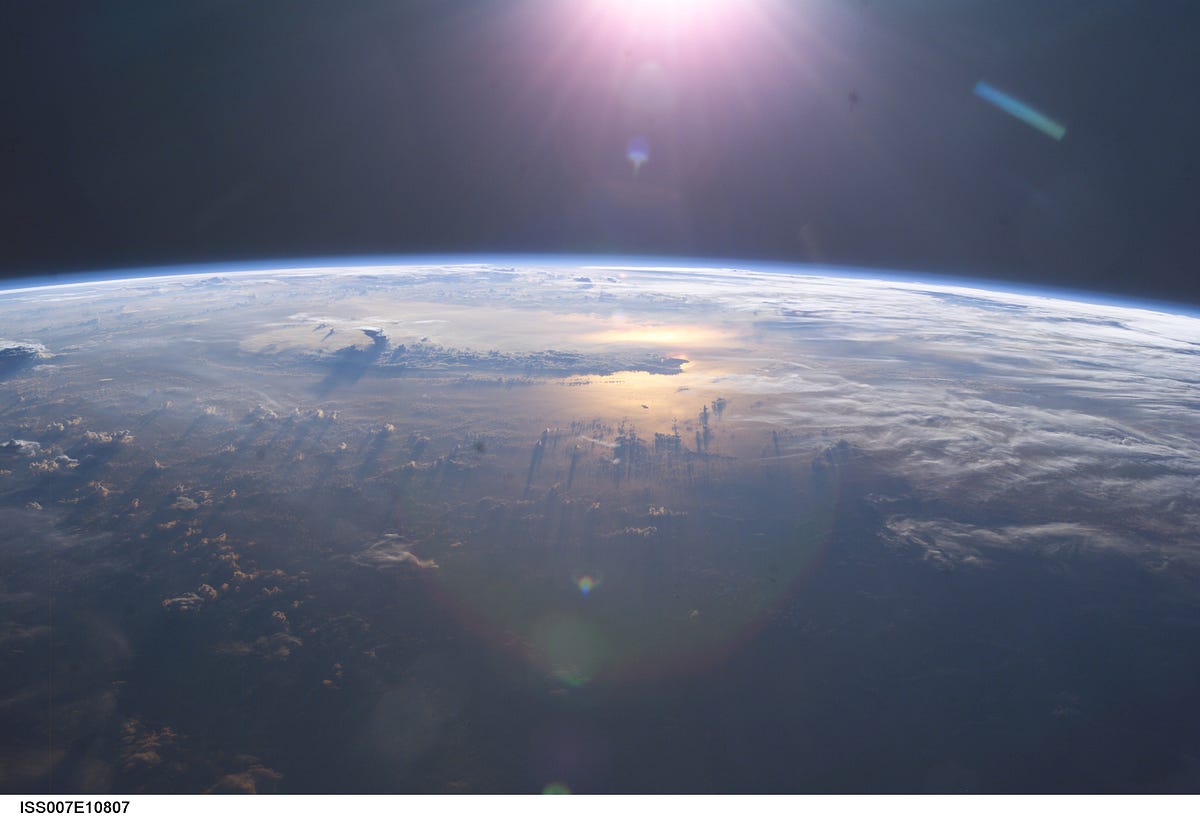
But that’s nothing compared to this “shot of the year” of star trails, from creative photographer Justin Ng.

First off, the colors of these stars (and star trails) is in no way representative of actual star colors, which range from red to orange to yellow to white to blue and that’s it. No purple, no green, no indigo/navy, and certainly no pink. At least this is actual astrophotography that’s heavily manipulated by a photographer who’s honest about his manipulation, even if it’s then picked up by news outlets who don’t know what they’re seeing.
But some of them… I don’t even know what to say.

Here’s a hint: if your photo includes stars in between us and the Moon, you may want to rethink your strategy.
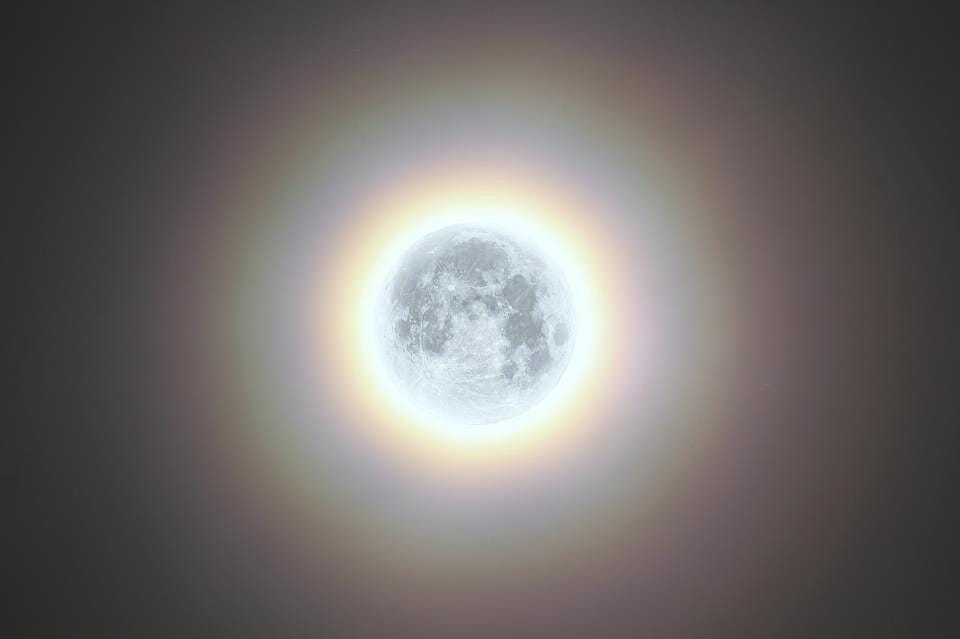
So… this wouldn’t be so bad if it weren’t claiming to be a photo of a solar eclipse! For reference, this is what Earthshine on the Moon looks like during an actual solar eclipse.
Yeesh.
Fake fake fake.
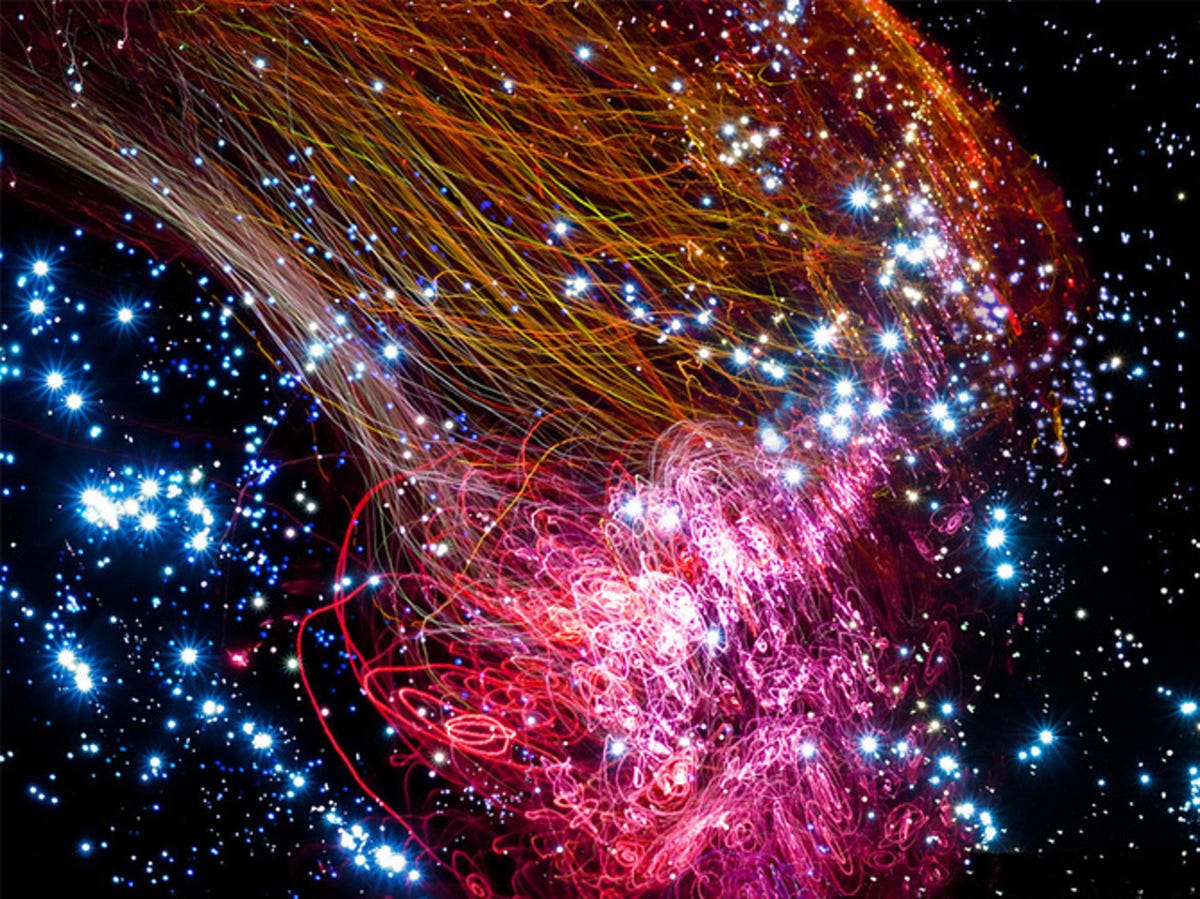
Because nothing says “galaxies” like a fireworks show superimposed atop a fake star cluster.
And here’s a pro tip for you:
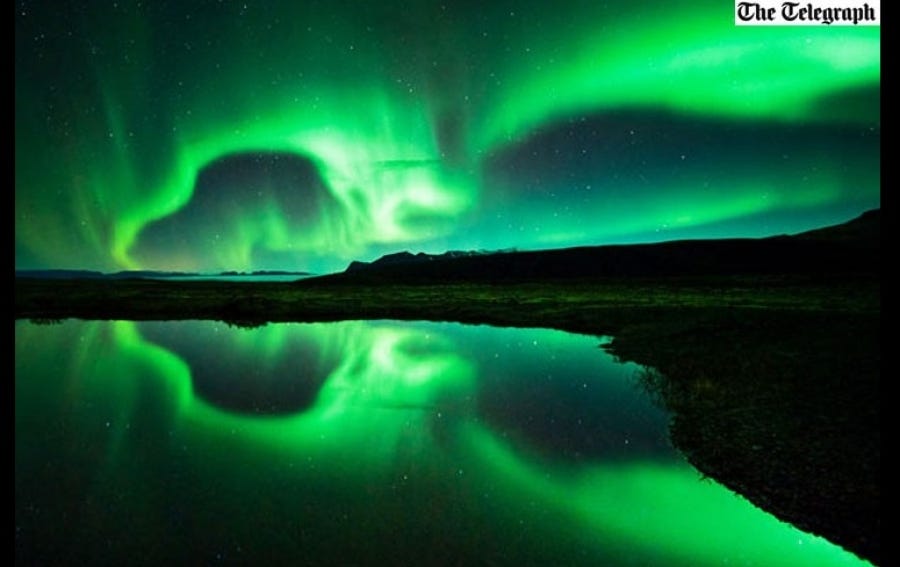
If you’re going to show a beautiful picture of the Aurora Borealis reflected in a lake, you probably want to make sure that the “reflected lake” image actually reflects the landscape, not a different landscape that you stole it from!
And finally, of course, perhaps the worst “eclipse” picture of all-time:

And I’m pretty sure that by this point, you recognize more than one problem with this photo. At least the shadow on the Earth is convincing (although even that’s a manipulation), but… the rest?
Not so much. The stars and Milky Way are a dead giveaway of that.

There are bunch of terrible offenders out there, but there are fact-checkers out there working to save us: @FakeAstropix and @PicPedant on Twitter are the best ones! Not only that, but they were the sources for uncovering most of the fakes highlighted here, and they’re worth a follow if you’re interested in the truth of the beauty you see. (And they take requests!) It’s too bad that it isn’t just human standards of beauty that are affected by ubiquitous photoshopping; natural sights are equally at risk. But information — and a skeptical eye — can keep you from falling for their ruses.
So have a great weekend, and don’t let the fakers get you down!
Have a comment? Leave it at the Starts With A Bang forum on Scienceblogs!





